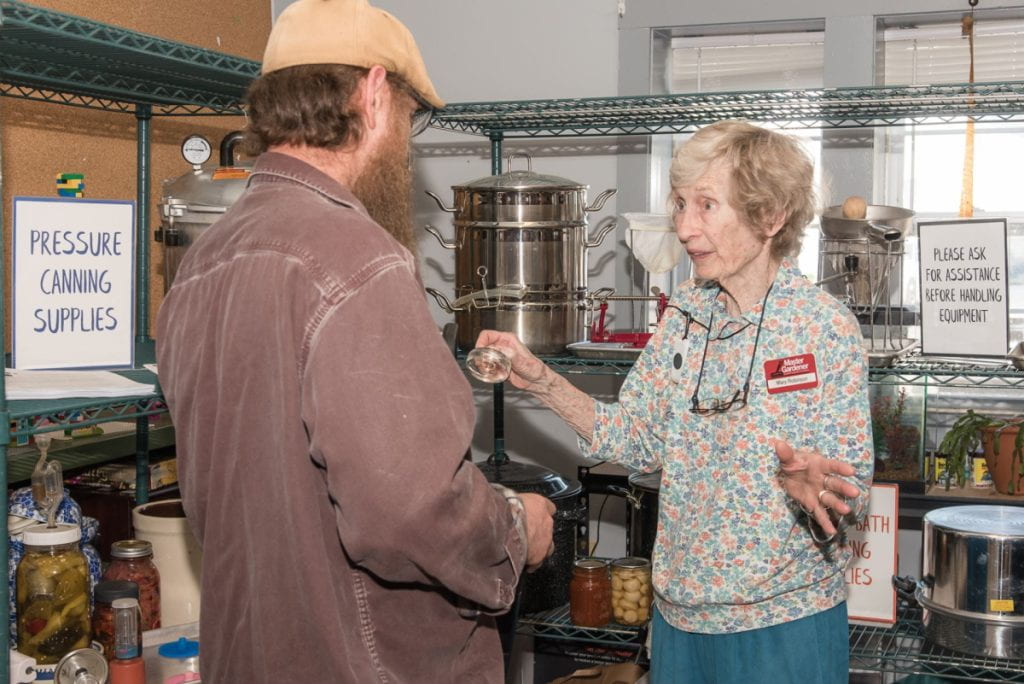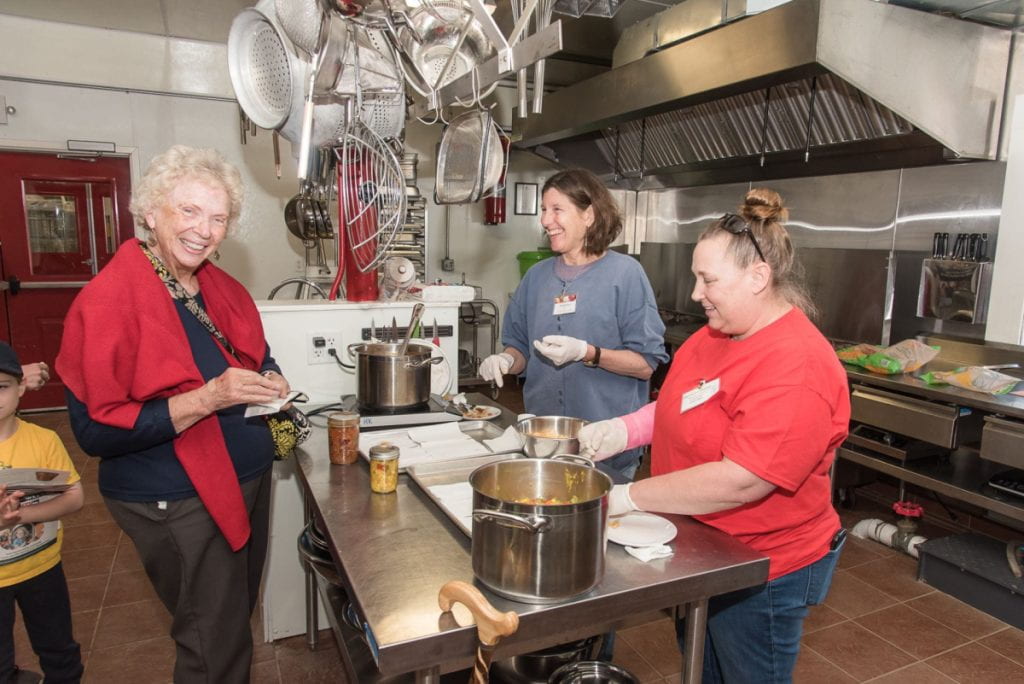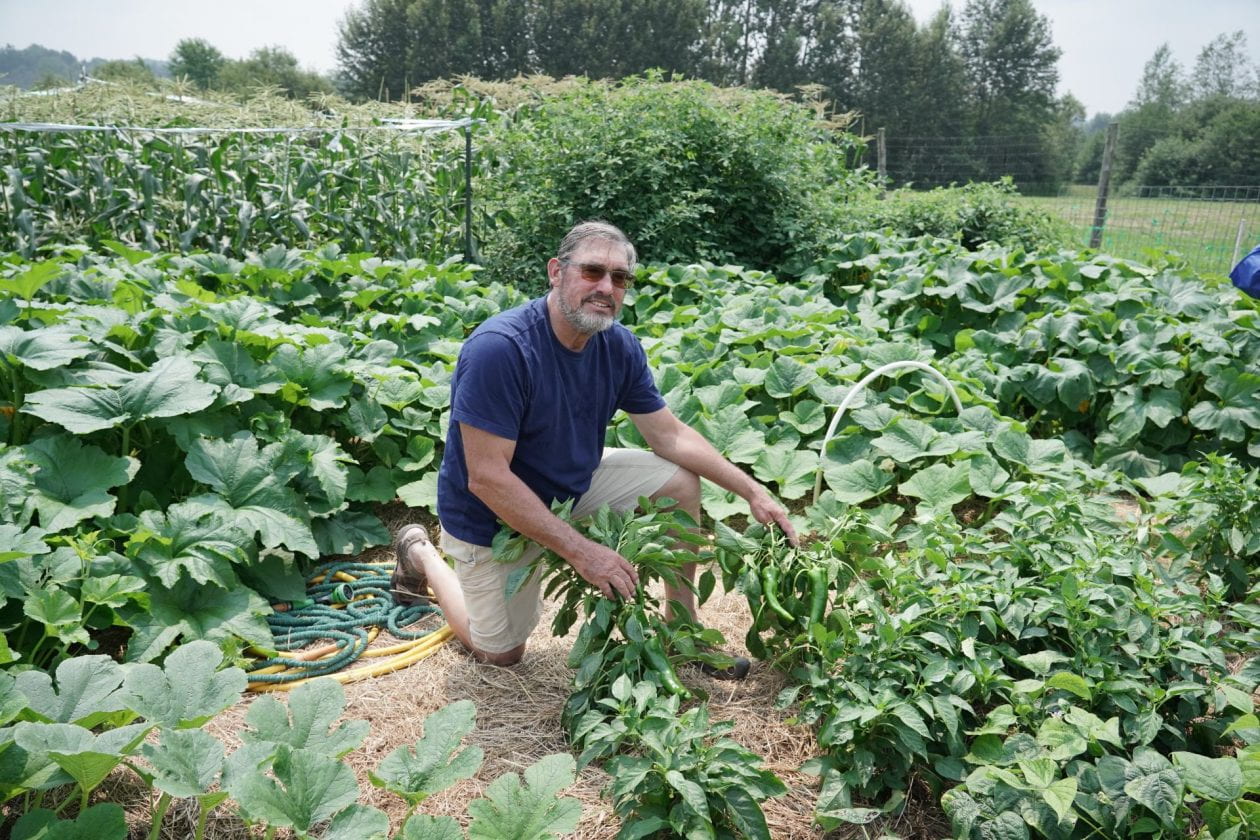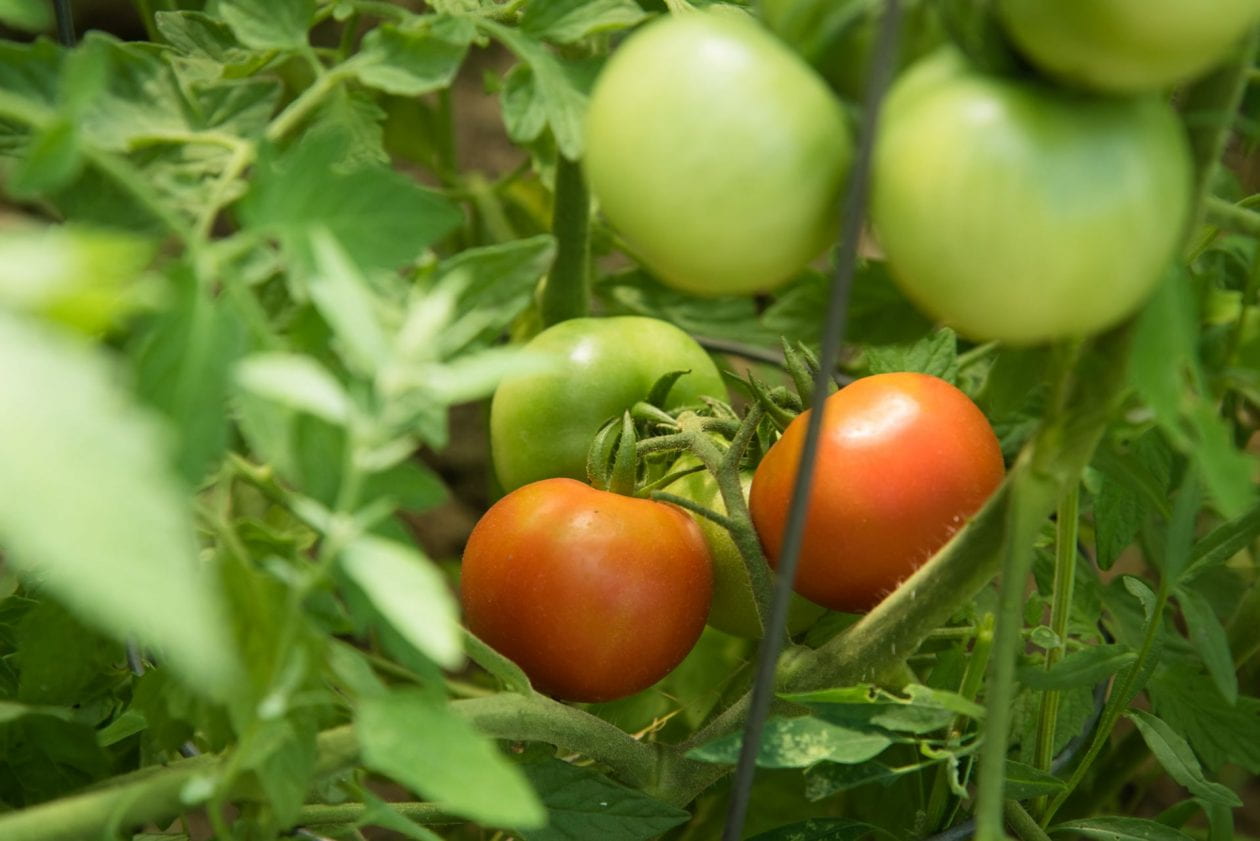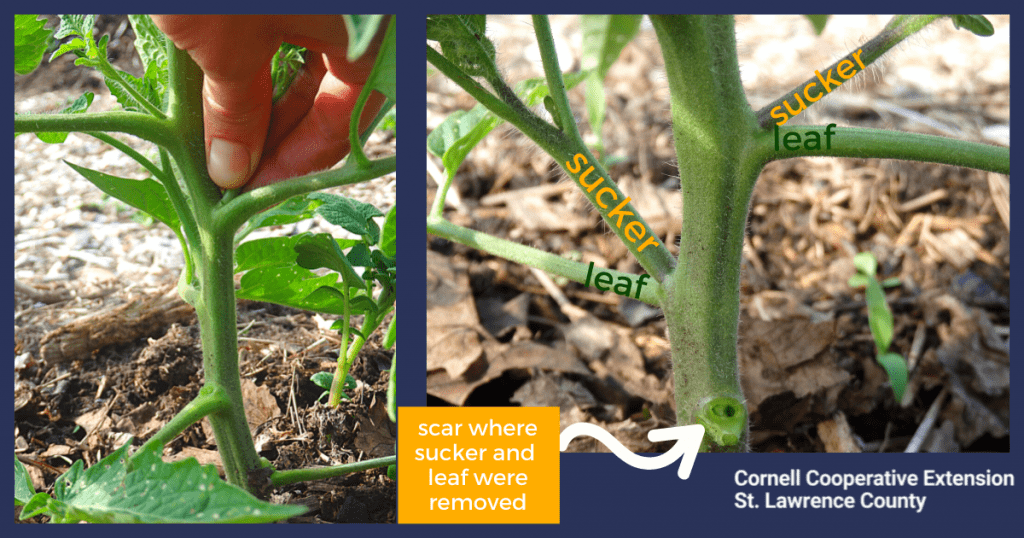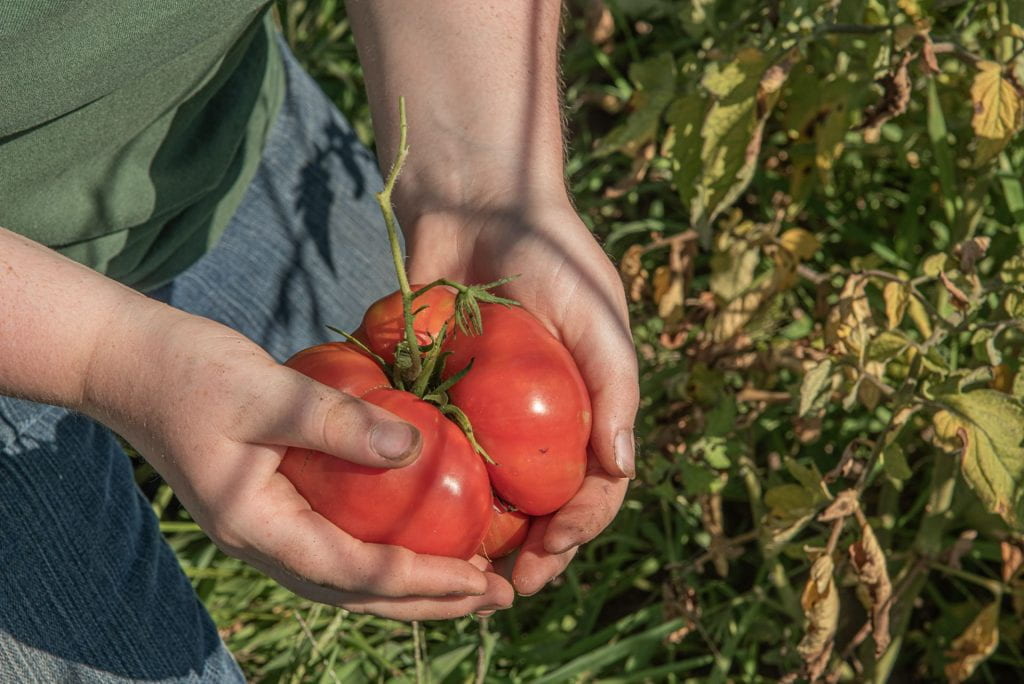Mid-July and August are a great time to be a gardener. Many Of our crops are in full production and vegetables such as lettuce, scallions, peas, beans and beets have become a regular part of our table fare. Our early broccoli and cauliflower are finishing up as we eagerly anticipate harvesting our first cucumbers, new potatoes, and (yes!) ripe tomatoes. Yet even as we celebrate our summer harvest, we can look forward to continuing this harvest into late summer and throughout the fall by succession planting. Succession planting is a method that creates a continuous and extended harvest through seeding and planting multiple times in the spring and summer. This method is a valuable way to make efficient use of limited garden space and the limited growing season available to North Country gardeners.
You may have noticed over the past few weeks that your lettuce and spinach are becoming bitter and sending up flower stalks. We call this process “bolting.” Likewise, unharvested broccoli heads will suddenly open up with yellow flowers and cauliflower heads will lose all their appeal… now is the time to replant parts of the garden to secure a fall harvest. Vegetable plants that are over-mature, or no longer producing or inedible should be pulled and composted to make space for your fall crops.
What can you plant in mid-July? You can start summer cucurbits like yellow squash, zucchinis, and cucumbers; brassicas like broccoli, cauliflower and kale; as well as many direct seeded veggies like bush beans, spinach, lettuce, carrots, beets, radishes and peas. Read on for information on starting each of these for fall. Read more Ensuring a bountiful fall harvest with succession planting
